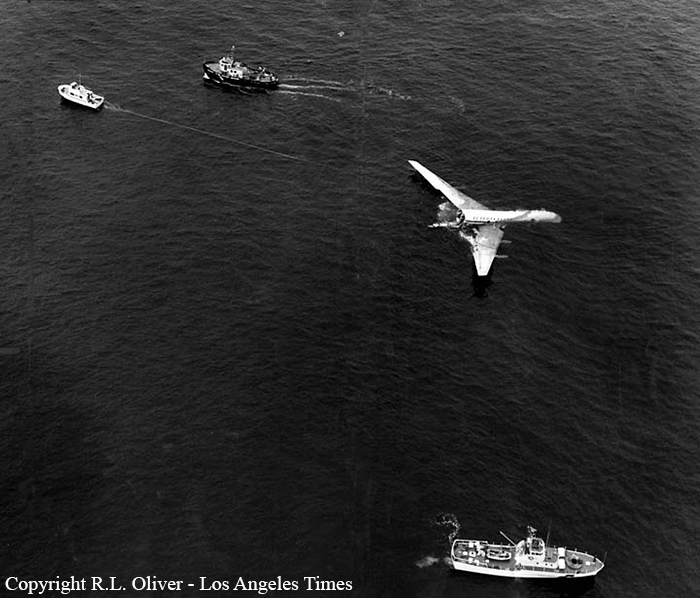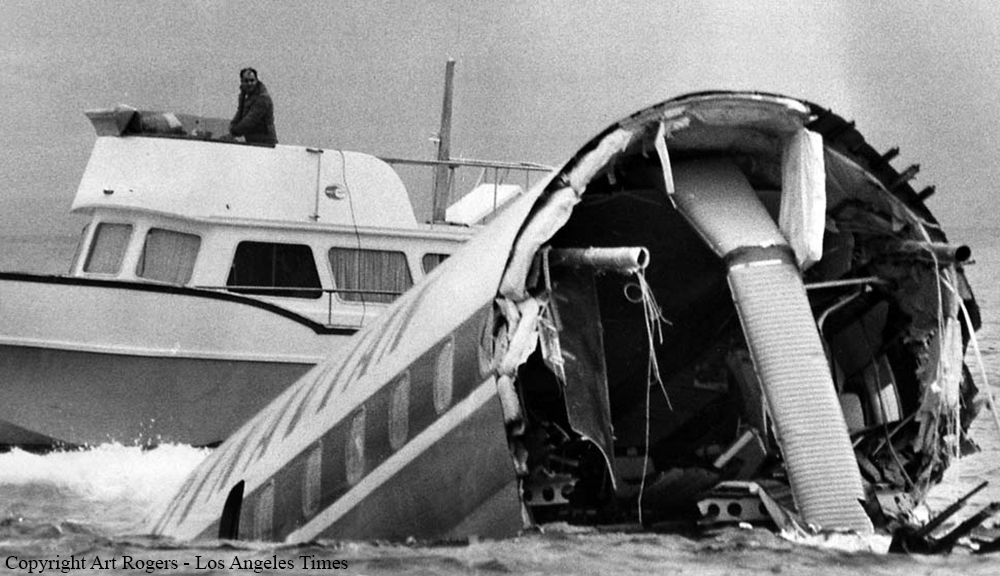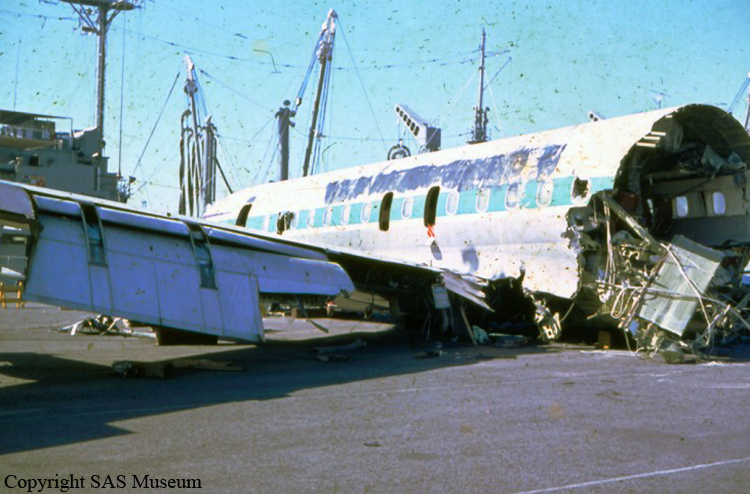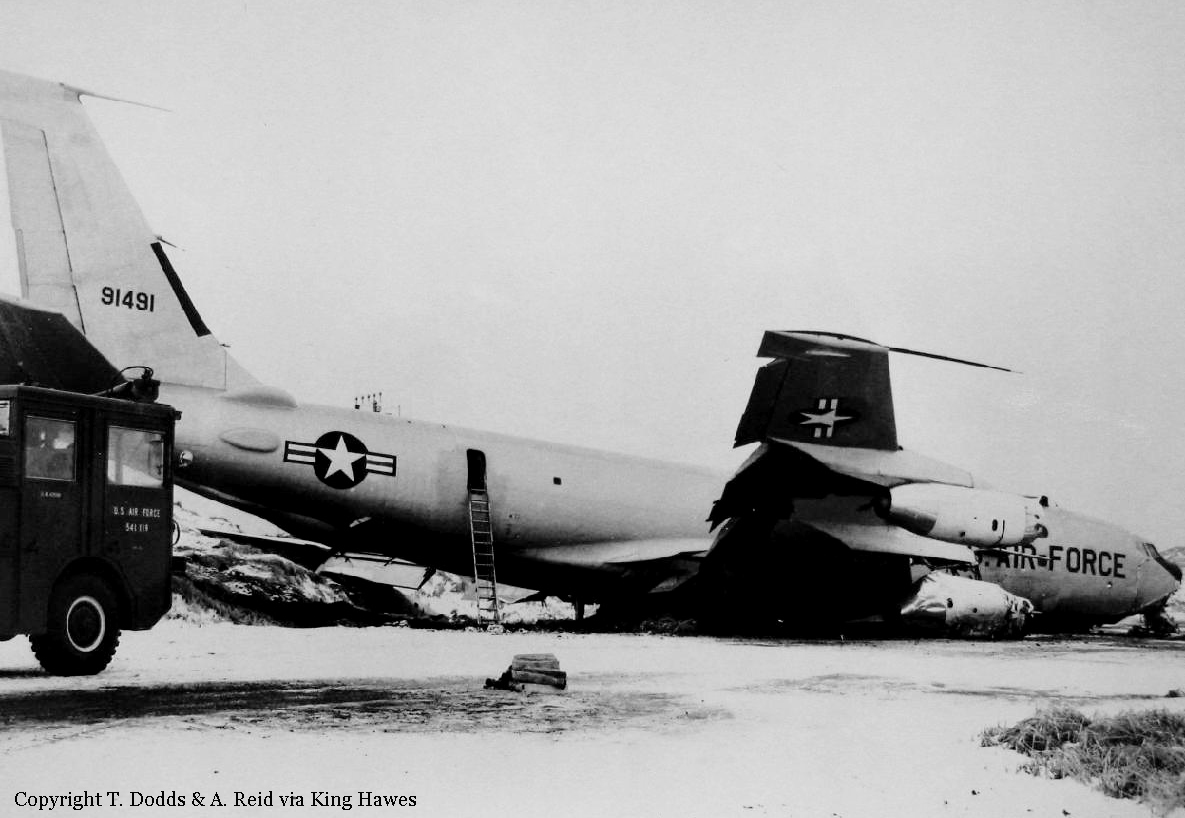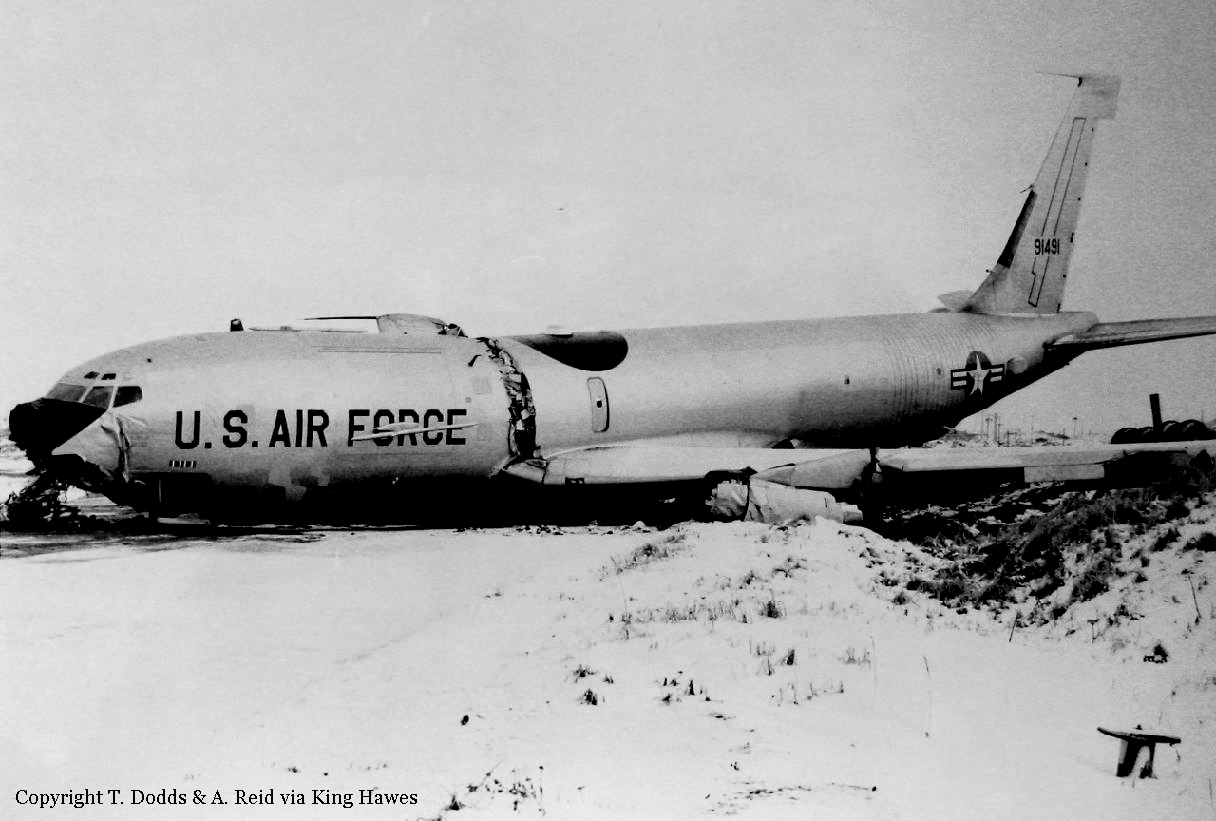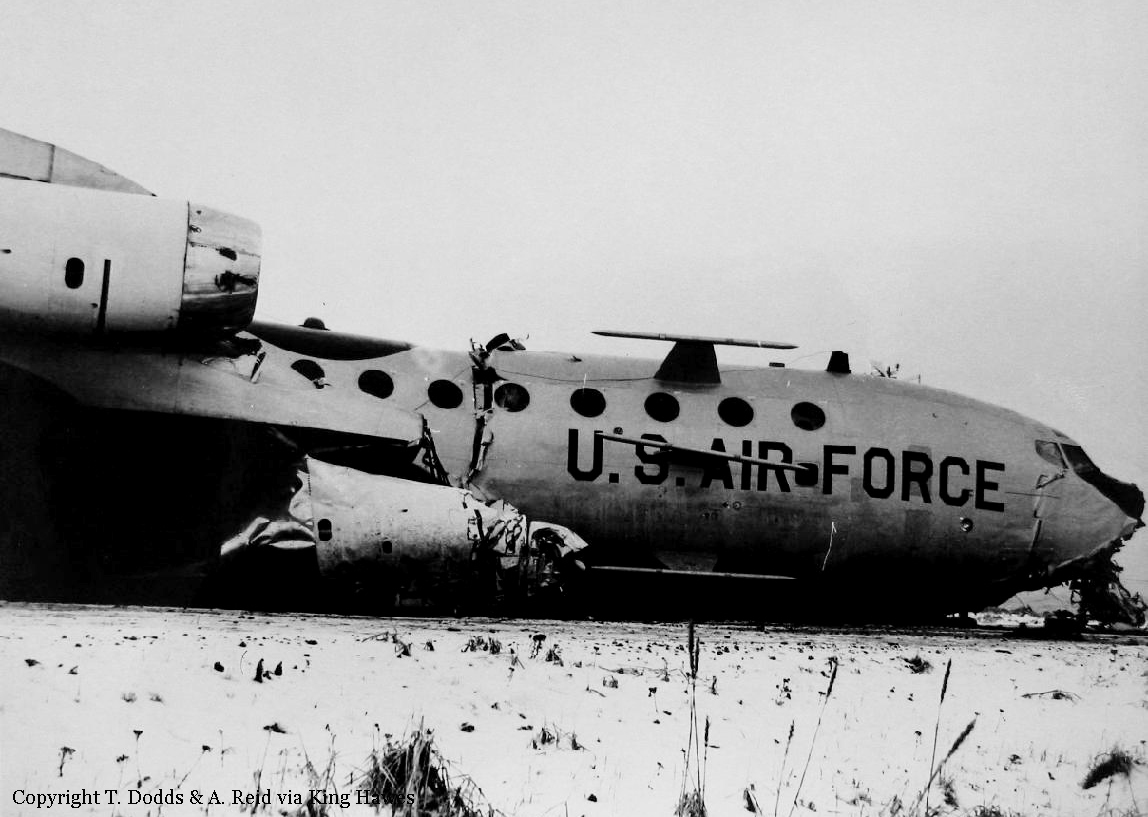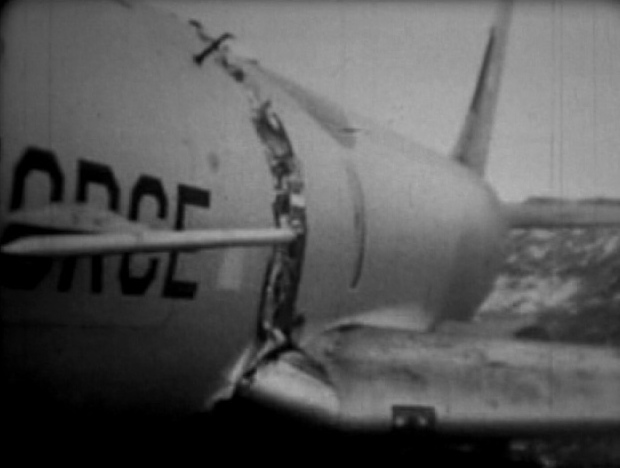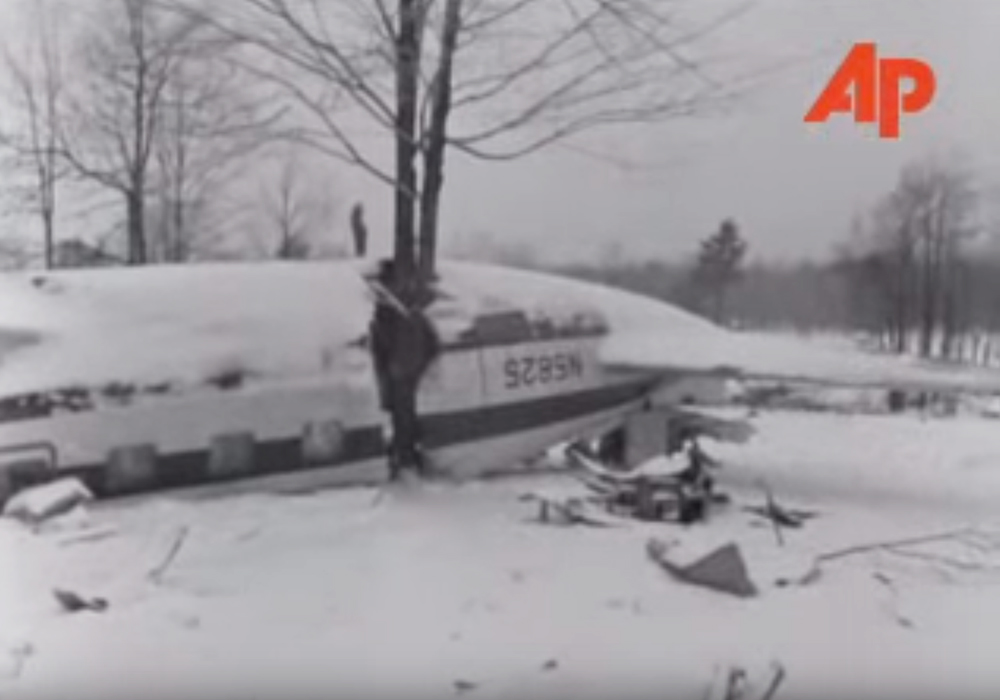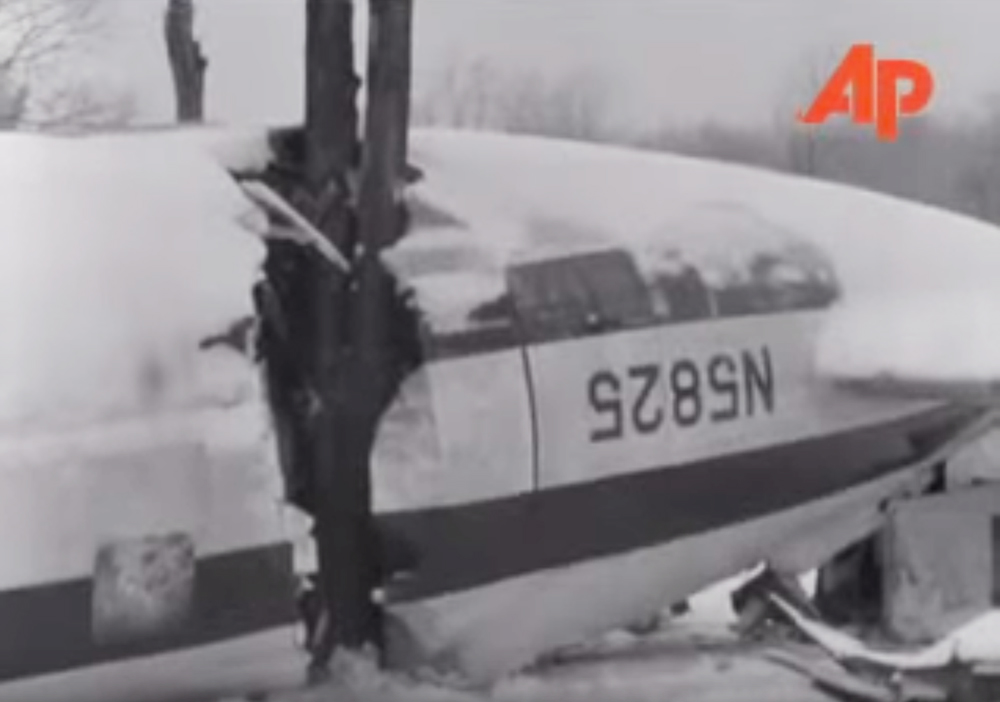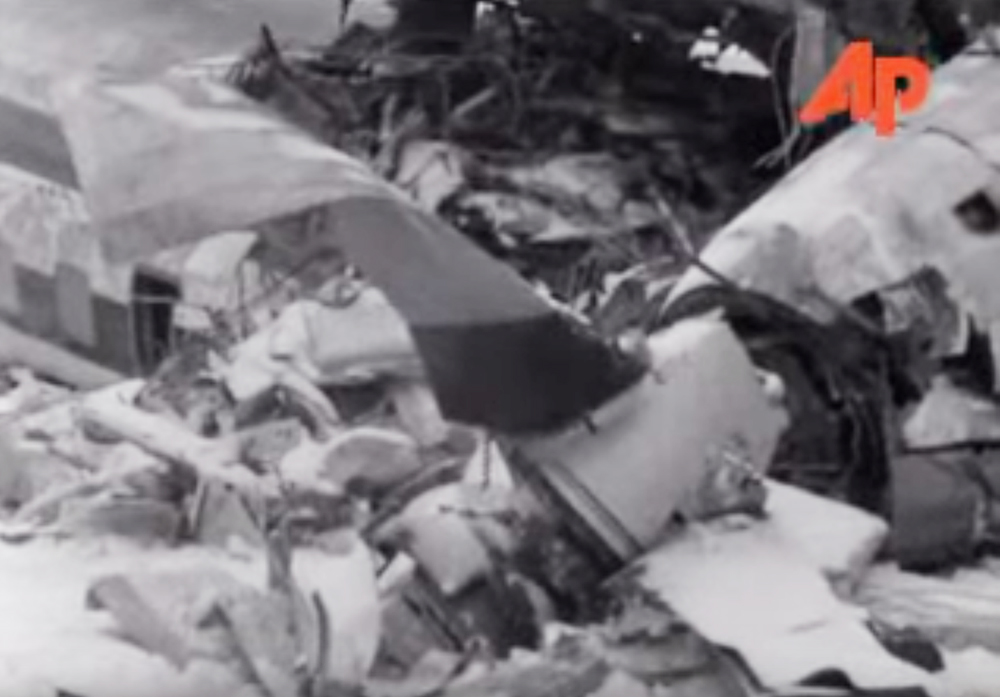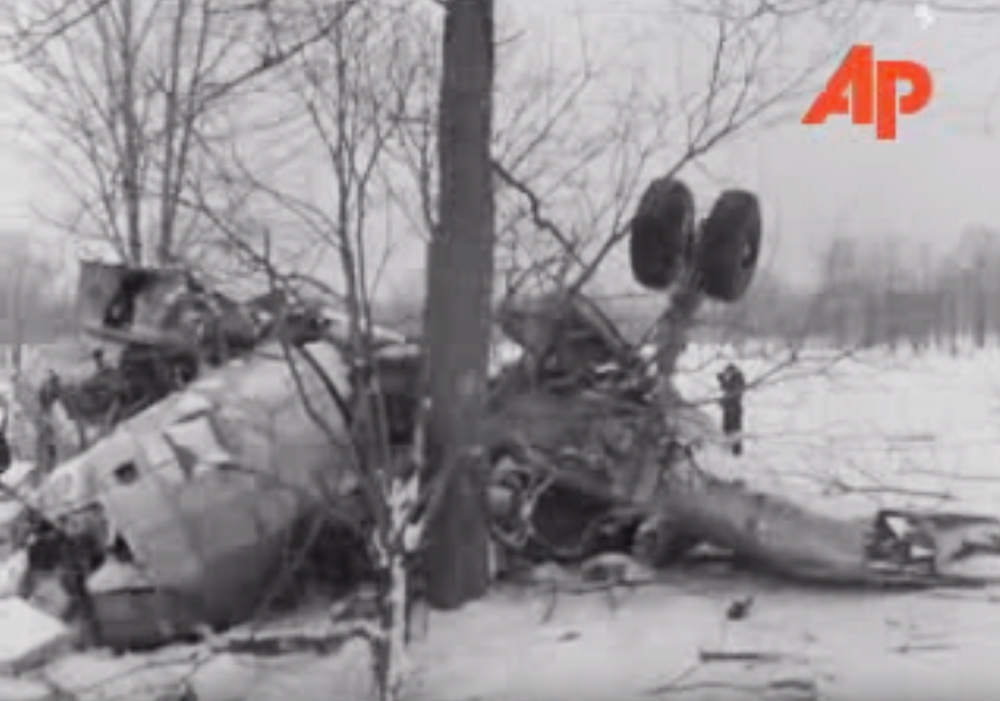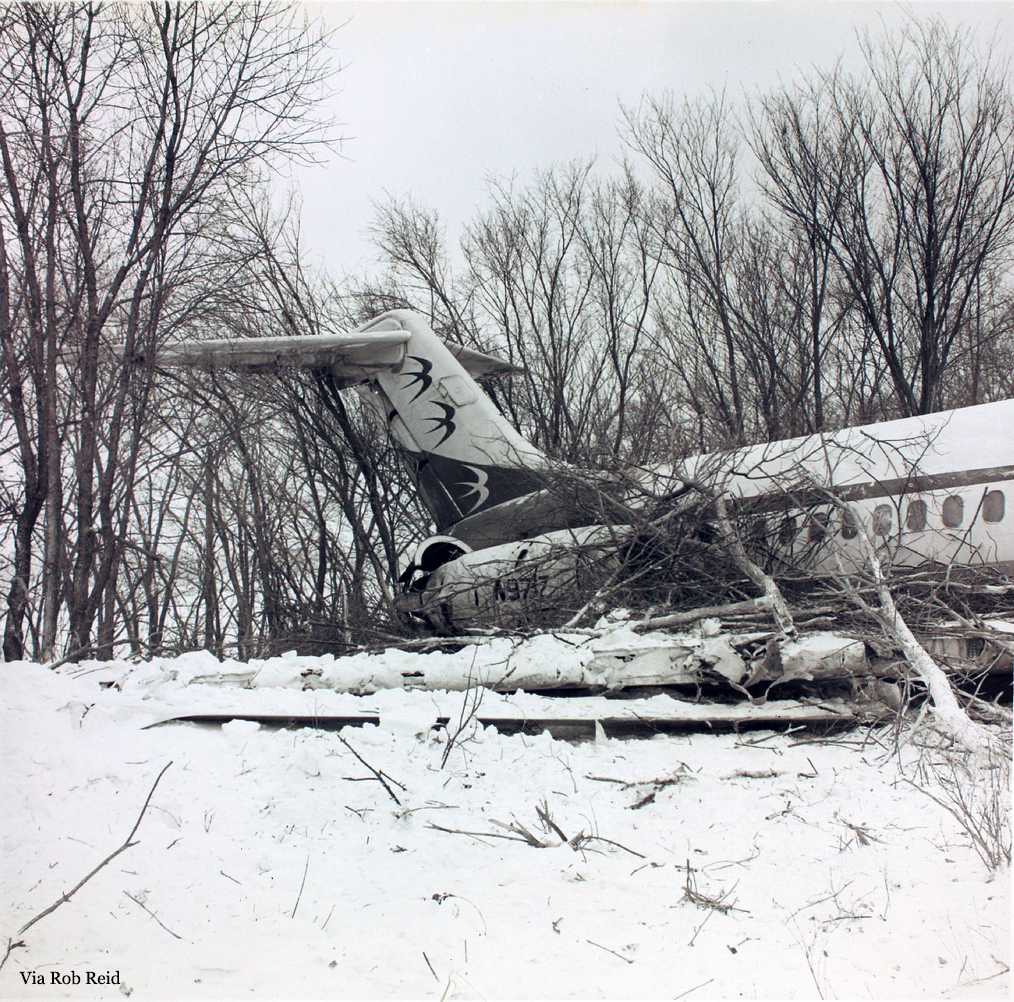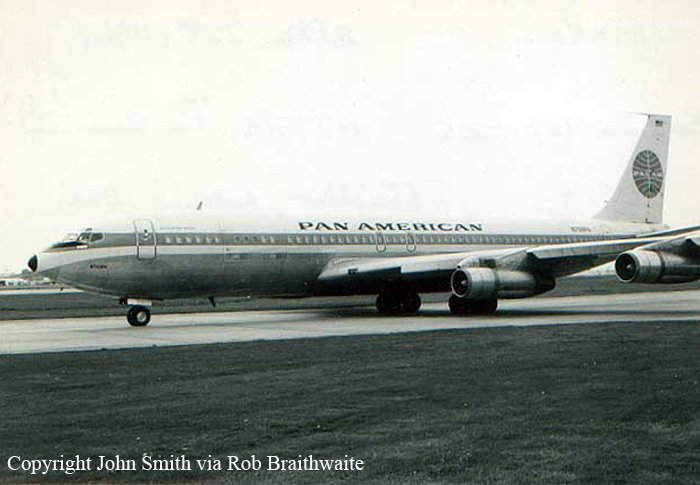Crash of a Rockwell Aero Commander 720 Alti Cruiser in Klamath River: 1 killed
Date & Time:
Registration:
N4831C
Survivors:
No
Schedule:
Fresno - Eugene
MSN:
720-760-10
YOM:
1959
Crew on board:
1
Crew fatalities:
Pax on board:
0
Pax fatalities:
Other fatalities:
Total fatalities:
1
Captain / Total hours on type:
154.00
Circumstances:
While cruising by night in marginal weather conditions (rain and fog), the pilot informed ATC about an engine failure. Shortly later, the airplane went out of control, entered a dive and crashed near Klamath River, north of California. The wreckage was found a day later and the pilot, sole on board, was killed.
Probable cause:
It was determined that the probable cause of the accident was that the carburetor on one engine failed after encountering icing conditions. It was reported that the aircraft was not equipped with de-icing equipments.



